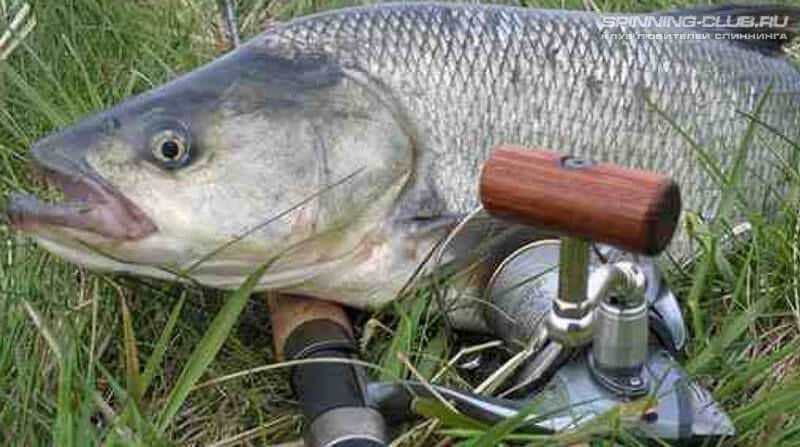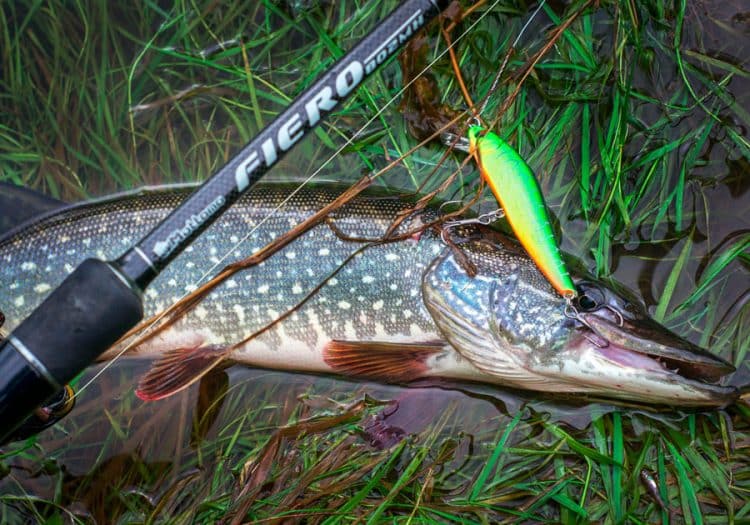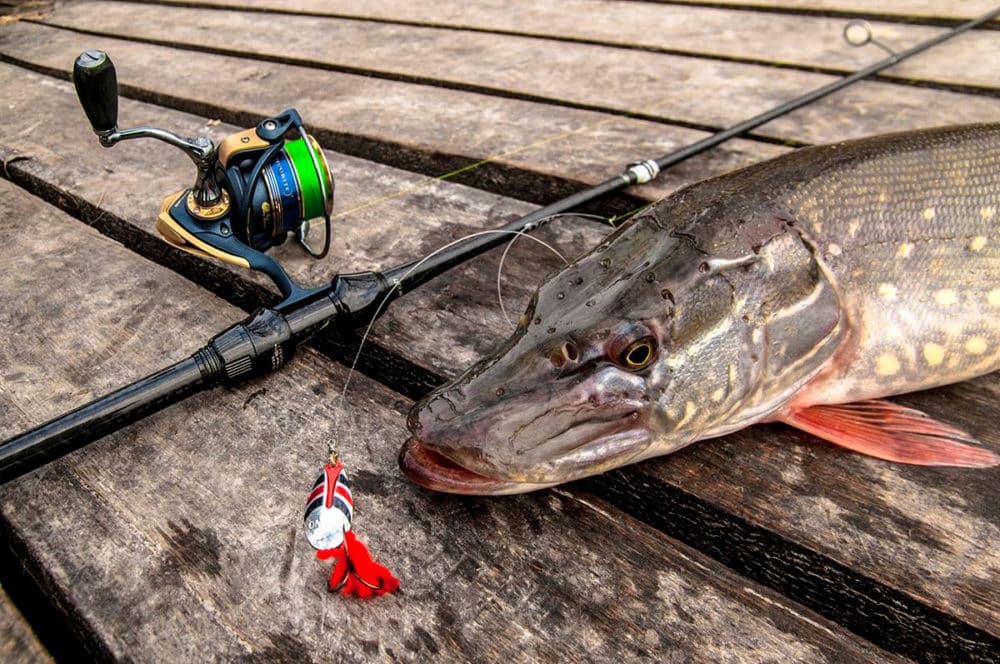A blow, another blow, breakers and lambs on the water and flocks of fry thrown out of the cauldrons onto the surface … this elusive cunning asp is fattening. Asp (sheresper, whiteness, in some areas “horse”) is a notable and desired prey not only for a spinning player, but also for any fisherman. Handsome Sharesper possesses all the qualities for which fishing is loved by many – cunning, agility, intransigence and fighting qualities. The more significant is the victory over a worthy opponent. It is not easy to find and catch an asp for spinning, in the spring he prefers some places for hunting, in the summer he rolls down to others, and in the fall he often does not manifest himself at all, but the process itself is very interesting and exciting. Fishing is often carried out from an ambush at a distance of up to 100 meters from the site of the Sharesper battle with all the precautions and camouflage methods. https://youtu.be/P1ydGED-d7M
The usual situation is June, dawn, 4-30 in the morning, the asp begins its fight in a wide reach. The spinning player, bending as much as possible in three layers, dressed in green camouflage, makes his way through the bushes and makes casts as a long-range castmaster, following and hurrying after the restless whiteness, trying to get as close as possible … Not the angler sets the rules of the game, the asp offers the spinning player a special dance, waltzing … Only after studying the habits of a particular asp or their flock at this point of this particular reservoir, 3-5 days from the start of observation, it is possible to beat and dance his opponent, and now he is the famous asp blow – another blow and a powerful pull downstream …
White habits – know to beat
Asp is easy to spot and recognize, but difficult to catch – this riding and very vigilant / cautious predator prefers to hunt on the surface of the water and in the upper layers of the water area, excluding the periods of early spring and late autumn. It moves a lot along the river in search of new flocks of gape fry. Unlike the ambush type of predator – pike, catfish, asp – a typical, so-called hijacker, who is constantly looking for a new object of attack. He prefers to jam schools of small fish, and not to hunt for a specific specimen of roach / silver bream / gudgeon. It keeps on the rifts, loves the zones of the cut of the fast stream to the return flow – sharp turns of the current, the area of abrupt change in depth, bridge supports, boulders, places in front of the islands where the stream slows down and after the islands, where there is always a pit.
How to catch asp in spring, summer and autumn – search, bait, feed
Spring is the spawning season
Catching asp on spinning in early spring is possible before spawning and after spawning in 7-10 days. Immediately after spawning, the sheresper leaves, since the spawning season is active and energy-intensive. At this time, biting is not observed. A week after spawning, he is still not very active and is moving away from spawning, but he is already starting to take on small spinning baits, jigs and deep-sea wobblers. In contrast to the summer season, the sheresper keeps at this time on pits and pits on a relatively slow stream. Potholes near steep banks, around bends, fallen trees and other underwater obstacles. Another difference in behavior – at this time the sheresper leads an ambush mode of hunting, all for the same reason – the lack of strength for a typical battle and the constant search for food. During this period, the asp is not as careful as in the summer, and it is incomparably deeper.It is worth trying to catch it in the supposed parking places with a running jig, castmaster-type oscillators, jigs, loaded turntables. Wiring needs to be done halfway and at the bottom.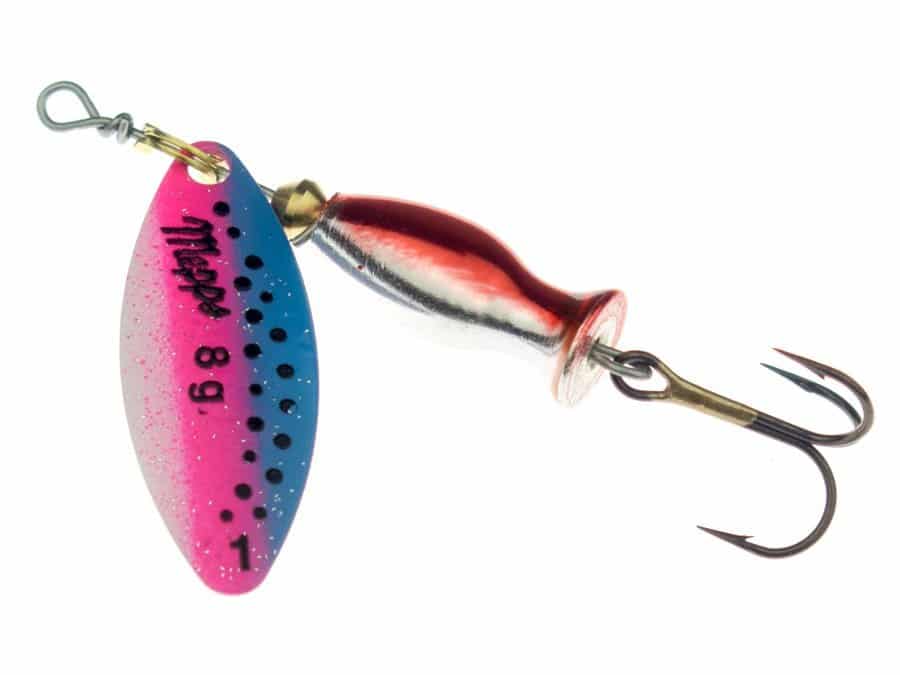
Summer – Sharesper goes hunting
Summer is the brightest moment when fishing for a sheresper. It is the fishing of asp in May – July on a spinning rod that is most exciting – during this period it manifests itself in all its glory – it hunts on rifts, vast stretches, on the edges of fast fresh water and creeks. A favorite place is a dump with shallow water in depth. Crashing into a school of fish, the asp emits a characteristic blow, trying to stun as many victims as possible. In the summer, the sheresper is very careful and sharp-sighted, you cannot get close to him. At this time, long-range lures are needed that work well on the current and at the borders with different directions and jet speeds, and also allow you to wire at medium and high speeds.
Remember! Asp loves aggressive wiring.
It is worthwhile to study and outline the territory in which the asp hunts and, with precisely calibrated casts, feed the bait, as it were, in advance of the path of the fish. It makes no sense to cast to the point at which the blow has just occurred! The fish has already moved more than a dozen meters. It is necessary to anticipate events, make accented casts, and then there will be chances of success.
This is a completely different fishing, for example, compared to pike spinning. There you are looking for fish, threshing the water area far and wide, but here it will find you, but it will not be easy to get your hands on. Also, when fishing for asp, you do not need to whip the water over and over again. It can only go to harm – to alert and frighten away. It is more important to understand how the Sharesper moves and where he will end up in a minute or five or ten.
For whiteness workers, baits include:
- Jigs . Very long-range baits for catching the farthest asp cauldron.
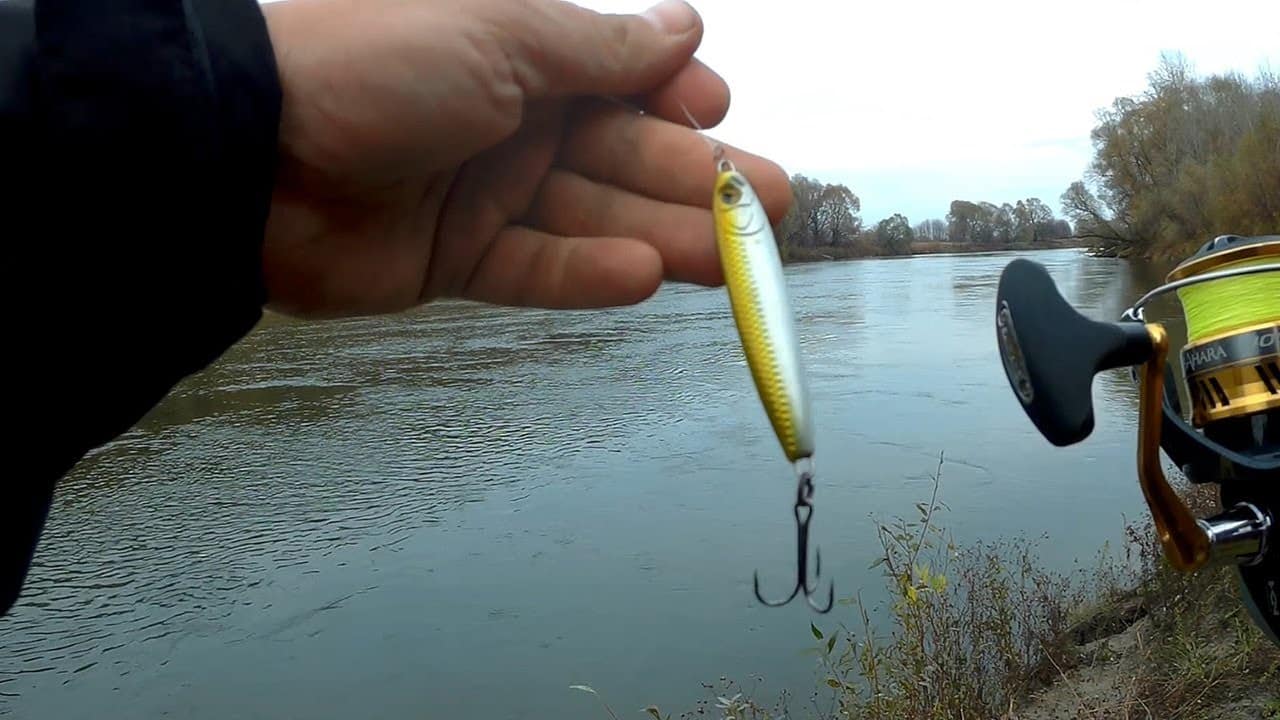
- Devons are impellers .
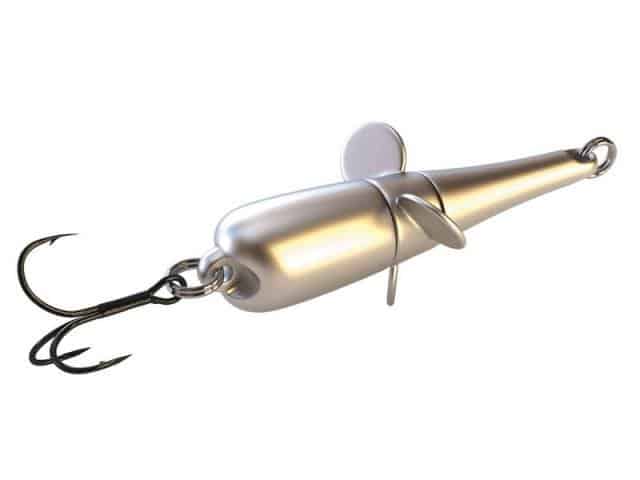
- Cicadas .
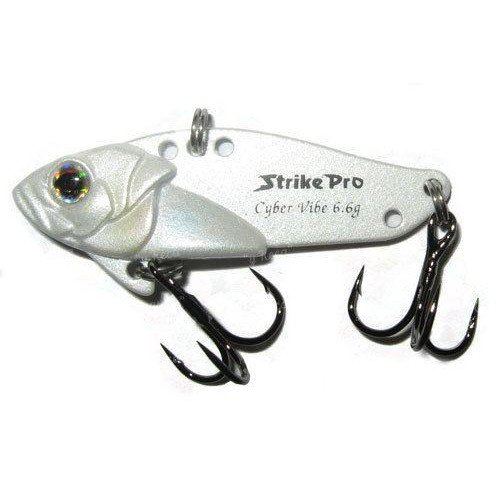
- Rubber . Less often, but it has a place to be.
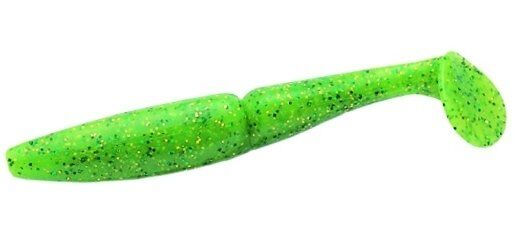
- Heavy turntables . 2-3 numbers according to the Meps classification with a load on the core.
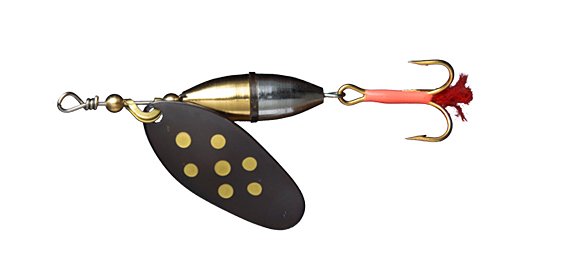
- Suspendors and floating wobblers .
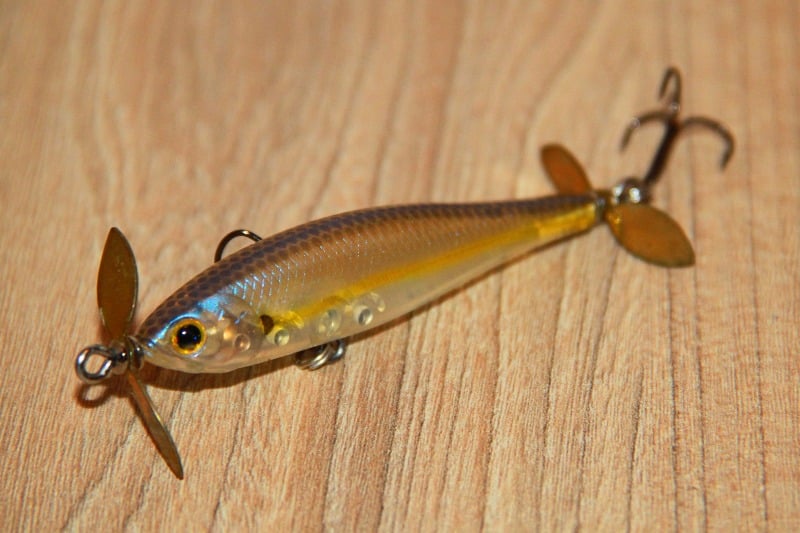
- Long-range vibrators . Smooth, compact and heavy swaying spoons that sail minimally when casting.
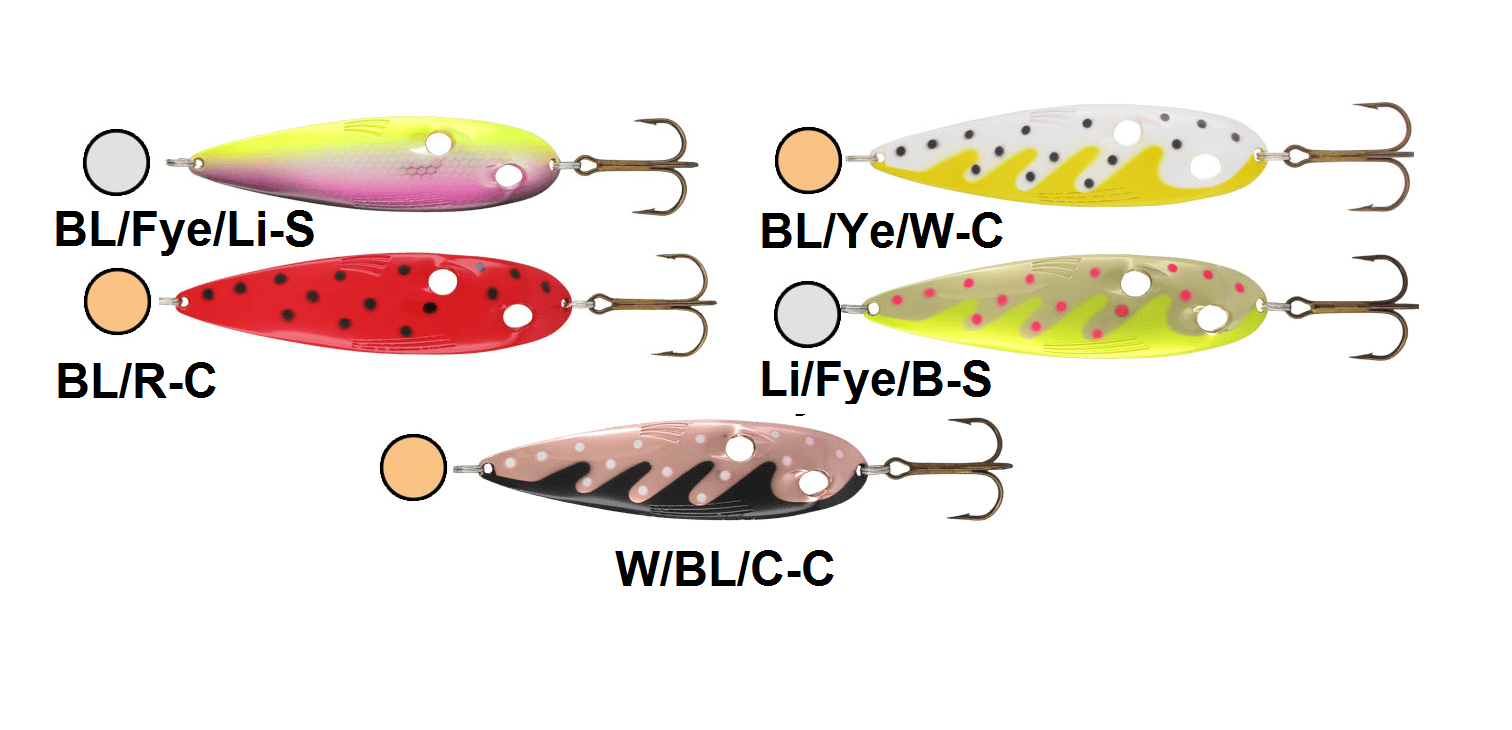
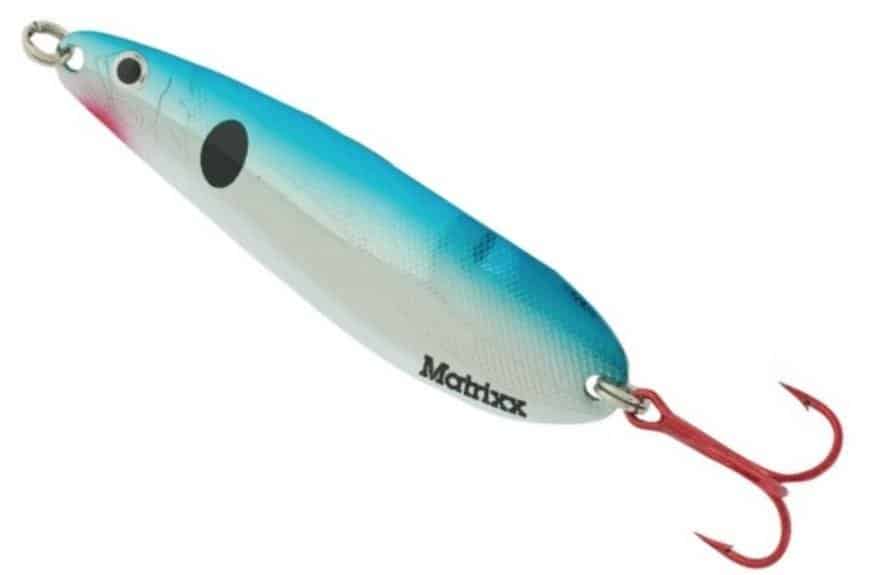
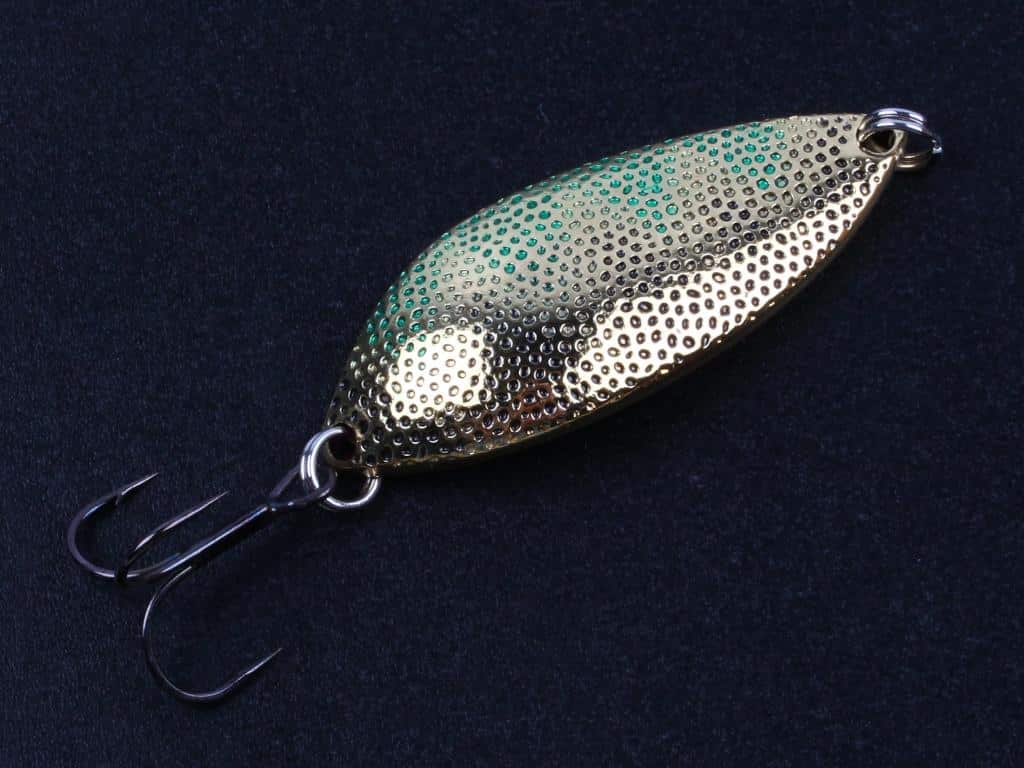
- Castmasters . Any zhershatnik must have these spinners in his arsenal, like cuts of a bar. In different sizes, weights and colors.
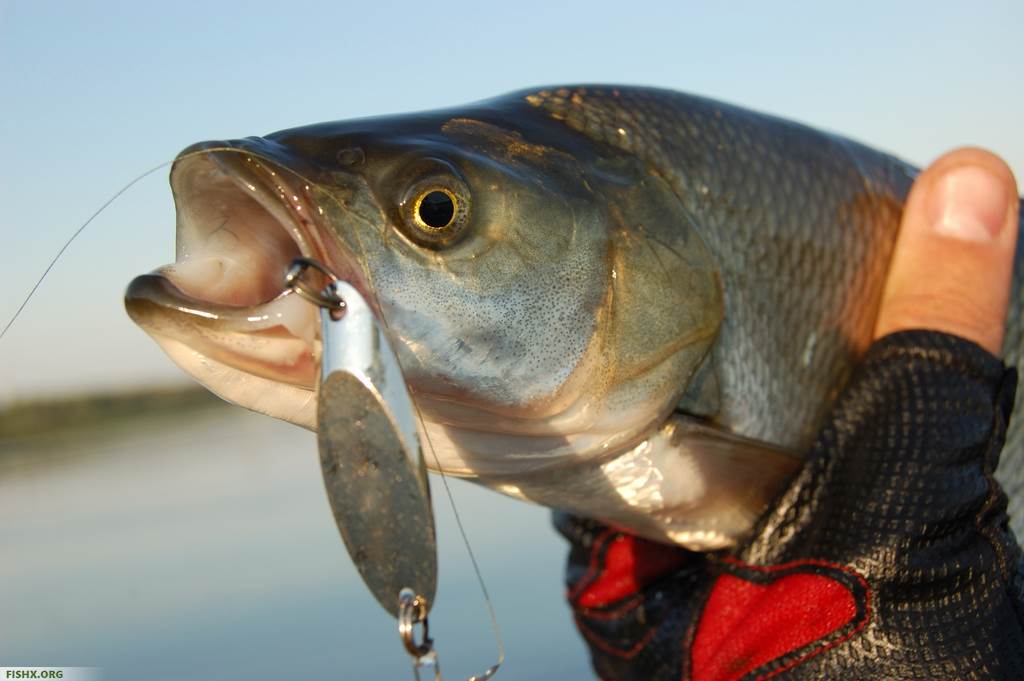
- Bombarda (sbirulino) – rig for asp consisting of a large floating float and flies / streamers / turbines / lures / floating and suspender-wobblers. The idea of the rig is as follows – a long cast is done or the rig, if it is floating, simply goes down to the place of the asp fight. The floating float keeps the bait / baits close to the surface, exactly what is needed. Animation – from the minimum wiring speed to the sharp pulling out of the cord. You need to experiment. It is good to fish for places behind the supports of bridges, rifts, return paths.
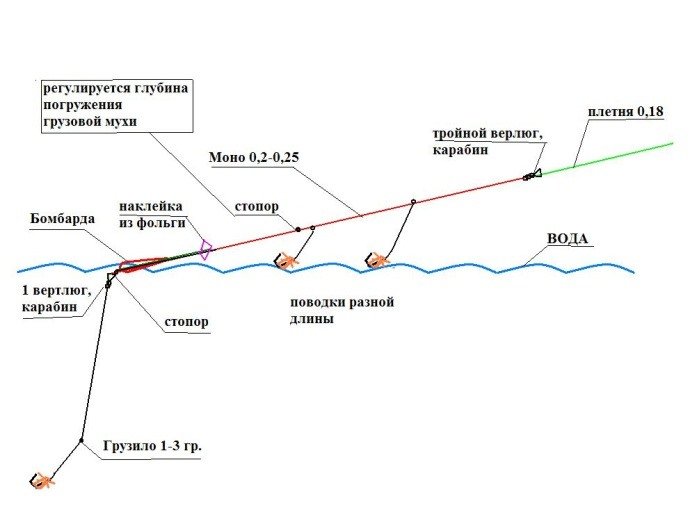
On a note! Seagulls will give out the asp fattening in the cauldrons – they pick up the remnants of the gaping fry left after the whiteness feast.
https://youtu.be/jTBeuxn8FgE Summer camouflage is mandatory. The main task is to fall out of sight of the fish. This problem can be solved in several ways:
- It is necessary to make casts upstream (the so-called upstream). Asp stands with its head against the current, and hunts in the same way, because the fisherman must stand on his tail, and cast behind his head.
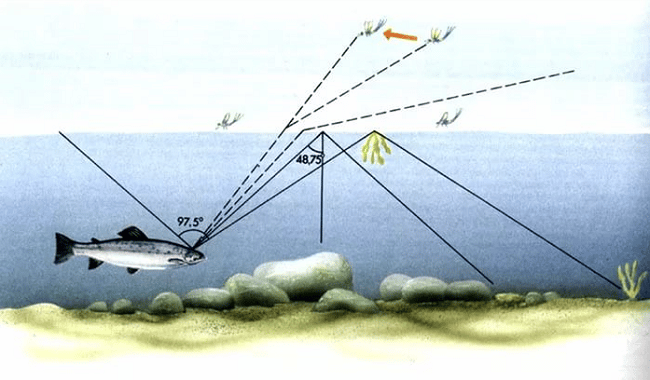
- The higher the angler is above the water’s edge, the better the predator sees him. And therefore – it is optimal to catch a freak. If this is not possible, then catching is from a low bank and bending down to the ground as much as possible, for example, squatting.
- Clothing is as inconspicuous as possible against the background of vegetation. Camouflage, khaki, black and green colors of trousers and shirts.
- The first cast is the most important and often effective, you need to approach the place of the cast as imperceptibly as possible, almost crawling, having previously observed how the Sharesper behaves.
- The mist over the water is a staunch ally of the fossil.
- Dawn too.
- It is necessary to merge as much as possible with objects on the shore, if possible.
- All fishing takes place in ambush – under the motto who will outsmart whom?
If you see the asp, he sees you too, which means you can’t catch him!
We catch from the shore
One of the methods of catching asp on a spinning rod is as follows – the angler is on the shore in the bush or grass facing the current and casts up-stream at different angles, ranging from sharp and ending almost perpendicular to the stream. Gradually moving upstream. Castings are either accentuated on the splash (above the trajectory of the predator’s movement), or “blind”, based on the study of the habits of a particular individual.
Forgetting on the rifts
The method is good because the angler is in this case as invisible as possible to the asp, which means he can spin as unnoticed. Floating wobblers and bombards are used, which are floated right under the nose of the fish, vibrators, jigs. Floating wobblers and bombards can be played on a certain roll area practically on one cast, exhausting the line with a reel, and then letting the bait float freely. Then we repeat the whole process step by step. With the depth of penetration of the wobbler, the amplitude and frequency of oscillations, you need to experiment. If the sharesper does not take on any bait and wiring, it is worth waiting. Often the asp goes out to hunt in the evening dawn.
Autumn
Catching asp on spinning in the fall (September-October) occurs in the pits, where the whiteness rolls down with the onset of the first cold weather for wintering. Deep wobblers, silicone and heavy spinners will be relevant here.
Fishing from a boat
Catching asp from a drifting boat is one of the most effective methods. Maximum stealth, coupled with a large fished water area, give the maximum result when hunting for a sheresper. The boat goes at a distance of 30-50 meters from the coast. Castings are made perpendicular to the current under the coastal edge, under overhanging bushes and trees.
Collecting tackle for asp
Asp tackle should be long-range – this is the main rule. To do this, you need a fast rod, blank length from 2.7 to 3.2 meters. Equipped with wide slippery rings and a tulip. Test 7-25, 10-30, 15-45 grams depending on the body of water, fish size and bait weight.
There is an opinion that it is better to take a parabolic blank for asp, as it is more sending and long-range. But our opinion is that such a solution has more disadvantages than advantages. In particular, with such a spinning rod it is quite difficult to quickly carry out a heavy bait with high quality, especially if animation is required, and this is often necessary when hunting for whiteness. Well, hooking at long distances with such a rod is difficult. The golden mean is a semi-parabolic (medium tuning), but this option cannot always be found.
The reel must be of high quality, with a uniform and even laying of the braid. Powerful soap dish, according to Shimano classification 2500-3500. A finely tuned clutch is required. The braid is matched to the characteristics of the rod and the size of the lures used, usually around 0.12-0.18. https://youtu.be/ItCeXazt_V8 We use a fluorocarbon leash with a diameter of 0.25-0.30, which plays the role of camouflaging the braid from a cautious predator. The whole process of catching asp on a spinning rod is dancing in spite of the fact, where the asp leads, and the fisherman is the slave.
